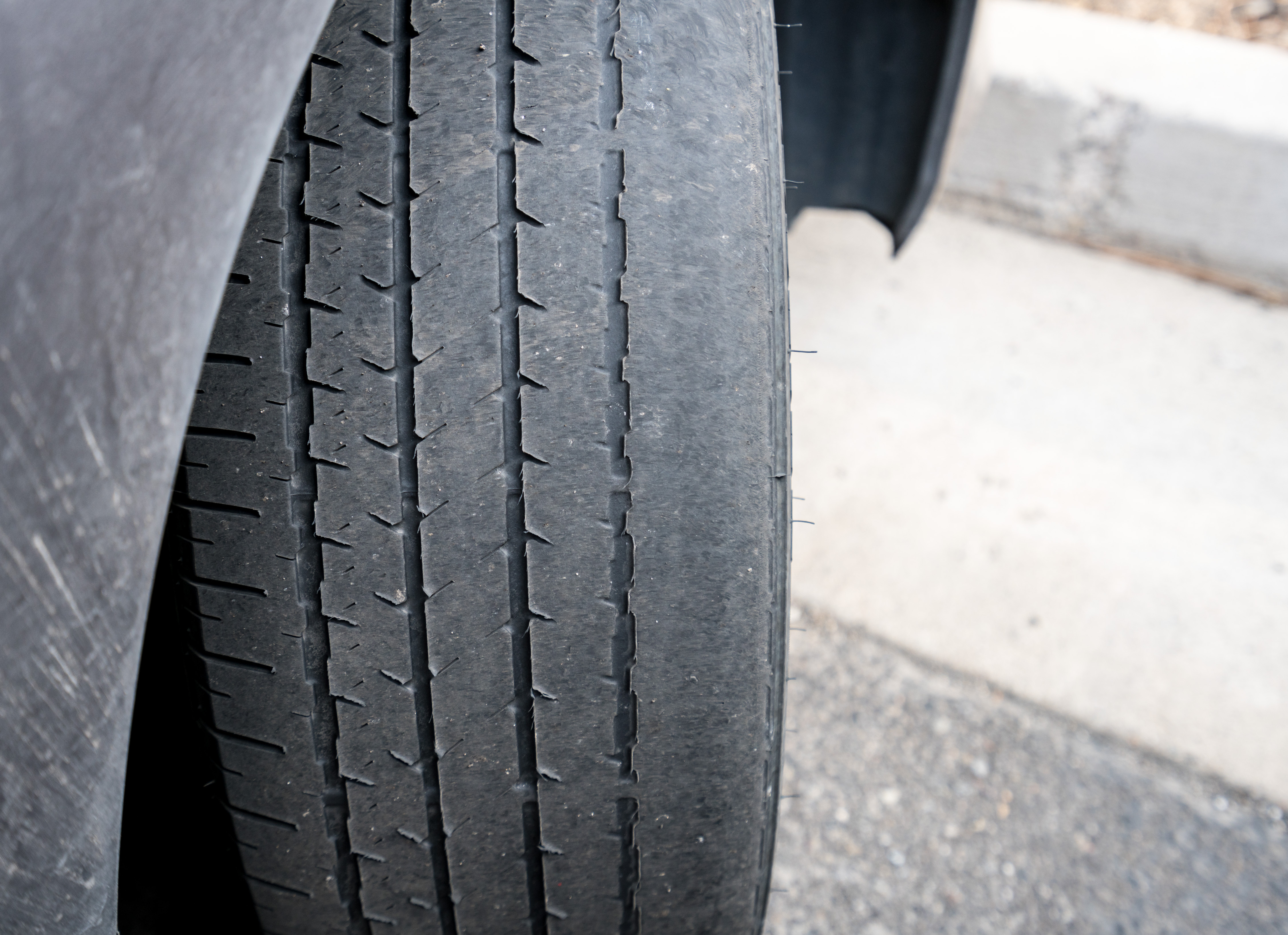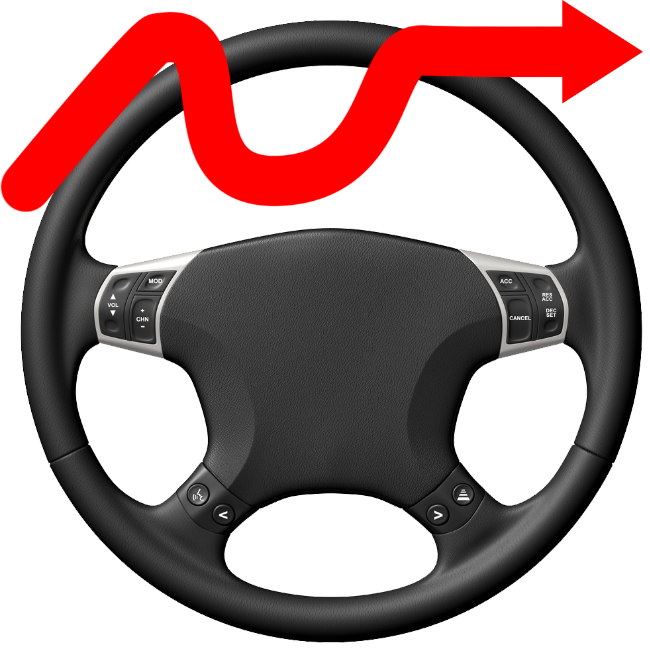Steering FAQ: Excessive play in steering wheel
Excessive play in the steering system can be defined as: where the steering wheel can be turned more than one to one and a half inches without the wheels rotating. When the steering wheel is loose, "has play in it", it is difficult for drivers to correctly know the position of the front wheels. Steering systems generally give ample warning of problems and excessive play is generally caused by worn steering racks and tie rod ends. However because steering parts are considered ‘Safety critical parts’ it is best to address any issues as soon as possible.

A visual inspection of the steering system is recommended to identify any potential problems. The best way to do this requires the vehicle on the ground resting it’s full weight on the steering and suspension system as raising the vehicle has the effect of locking or wedging components against each other removing any free play. Have an assistant turn the steering wheel from side to side but only until resistance is felt. Moving the steering wheel in this manner will reveal:
- Free play in the tie rods:
Tie rod ends, as the name suggests, are found on the ends of the steering rack and 'tie' the rack to the steering knuckle or hub carrier. Any free play in these affects the tracking and is generally displayed as uneven wear on the outside edge of the tyres. Poor tracking will also cause the vehicle to wander/drift to one side while driving or braking.
- Free play in the steering rack:
The majority of light vehicles use rack and pinion steering. The steering rack is essentially a straight bar with splines at the ends. These splines engage with similar splines on the pinion and allow the steering to function when the wheel is turned. Steering racks are fairly tough and generally little goes wrong with them. If anything the bushings on either side of the rack tend to fail and it is these that allow for play in the steering.
- Free play in the ball joints:
To respond to driver inputs and turn the wheels, ball joints allow the suspension to move up and down while allowing the steering knuckle to pivot. Worn out ball joints affect the camber of the wheels and result in the poor response to driver input as well as a tendency for the car to pull to one side.
Special tools and equipment are often required to service suspension components. Wheel alignment must be performed after replacement of any suspension component. Always refer to the vehicle manufacturers repair advice before commencing any work on the vehicle.
The below table lists common symptoms and remedies for free play in the steering system.
| Probable Cause | Remedy |
| Uneven tyre wear. | Replace faulty steering parts. Perform wheel alignment. |
| Loose steering gear (rack or box) mounting. | Tighten steering gear mounting bolts/replace mounting bushes. |
| Loose wheel bearings. | Adjust or replace bearings. |
| Worn idler arm or pitman arm (where fitted). | Replace idler arm or pitman arm. |
| Worn tie rod ends. | Replace tie rod ends. |
| Worn rack ends. | Replace rack ends. |
| Worn steering coupling. | Replace steering coupling. |
FAI have an extensive range of steering and suspension parts for all makes of passenger and light commercial vehicles. More information can be found here .





